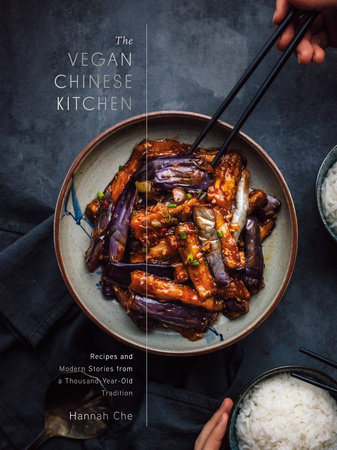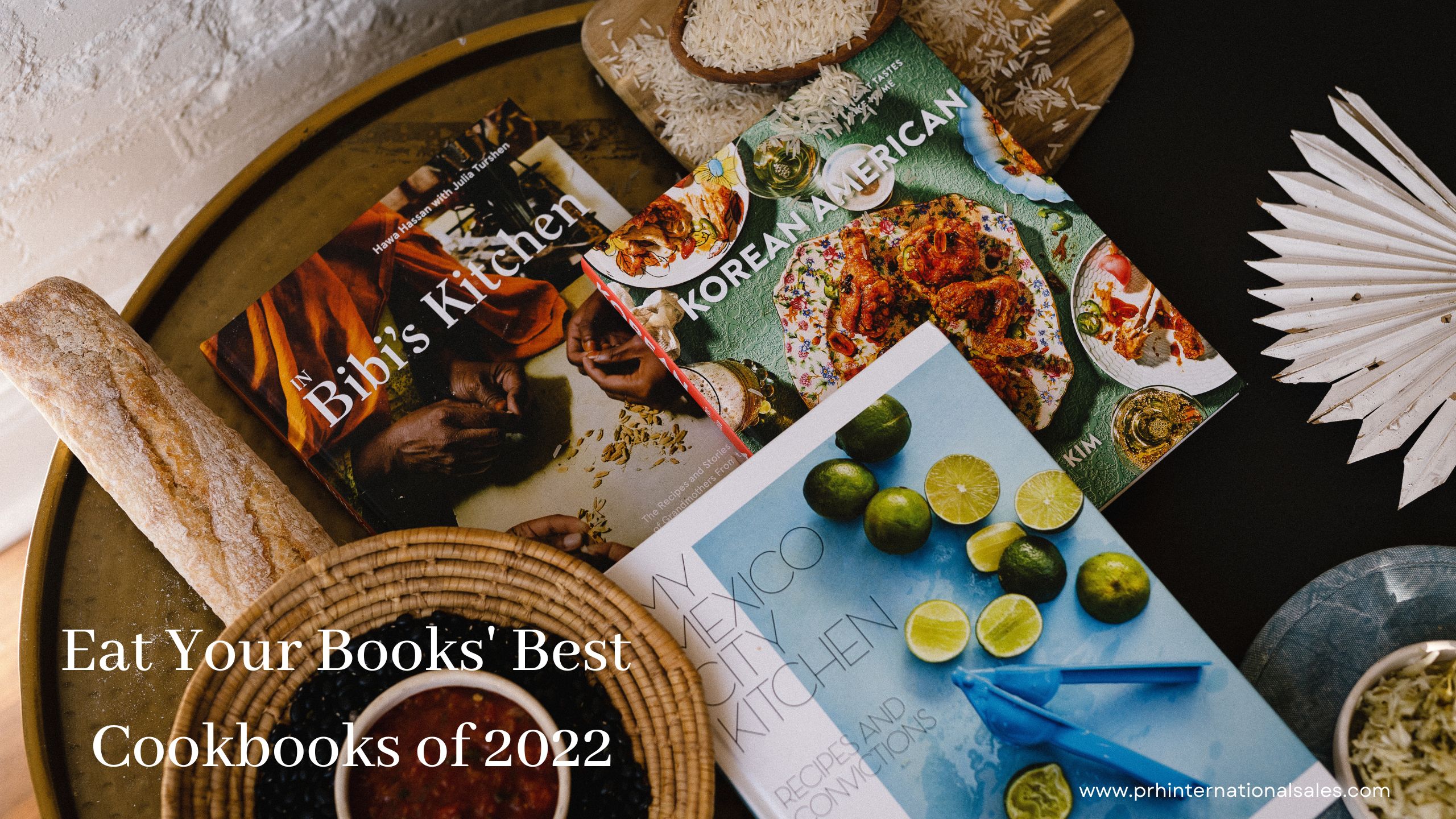Introduction“Ai-yA, I didn’t think my daughter would become one of those hippie types,” I overheard my mother say to a friend over the phone. I had decided to go vegan my junior year of college, and determined to learn to cook for myself, I looked up meal plans and recipes on Pinterest, followed popular bloggers, bought cookbooks, and stocked my pantry with lentils and chickpea pasta. I packed overnight oats to school and invited friends over to my tiny Houston apartment to make vegan pizza and grain bowls on weekends. I even started a recipe blog, posting photos on Instagram of the meals I made.
But it was different back at home, sitting at our scratched walnut table as my mom busied about the kitchen, preparing food for the holidays. My parents cooked mostly Chinese meals—a spread of shared dishes to go with rice—and they couldn’t understand why I would forgo a special dish of expensive seafood, or a stir-fry that had ground meat or a few pork slivers. “Just pick around and eat the vegetables, at least you still get the flavor from the meat,” my mom offered.
Over the winter break, I was determined to convert my family to a plant-based diet. I talked about the horrors of factory farming and the environmental footprint of meat and dairy. I pulled out my arsenal of recipes: Thai curries, walnut-meat tacos, creamy cashew pastas, and quinoa burgers. My siblings liked them well enough, but my dad gingerly bit into one patty and refused to eat the rest. “I’m cooking duck for dinner,” he announced. For Lunar New Year, our family gathered to make pork dumplings, as we did every holiday. It was my favorite tradition, and I usually helped make the filling, but this time, my dad looked up as he kneaded dough and saw me watching from the side.
“Rongrong, you aren’t participating?” he asked.
It hadn’t occurred to me until then that my decision to go vegan wasn’t just about food or even a personal choice. My parents were immigrants; food was the way they taught us about our roots; certain dishes were central not just to my family’s memories, but also connected us to a lifetime of people and occasions and places and times that went before and beyond me. I wondered if my commitment to eat more sustainably meant I was turning away from my culture. Talking to my peers, I realized I wasn’t alone in these fears. It’s impossible to separate who we are from what we eat, and animal products are deeply ingrained in the food traditions of most cultures. How do you remove yourself from these traditions without a fundamental sense of loss?
But as I tried re-creating my favorite childhood dishes, I began to realize how much of Chinese food was inherently plant-based. And I learned that vegetarian and vegan cooking is its own cuisine in China, a rich tradition that had existed for more than 2,000 years, motivated by the Buddhist tenets of compassionate eating. On my trip to visit relatives in China one summer, I ate at temple restaurants, plant-based lunch canteens, and buffets, astonished by the flavor and ingenuity of dishes like clay pot tofu skin and delicate layered soups made with mung beans and shiitake mushrooms. This cuisine was beautiful, alluringly delicious, and rich in history—I wanted to learn more.
So, just a few months after I finished graduate school, I packed my bags and moved to China to go to culinary school. For the past few years, my journey to learn Chinese vegetarian cooking has taken me back to my parents’ hometown in Harbin, to Shanghai, to Chengdu, to Suzhou, and to Guangzhou, where I trained as a chef at the only professional vegetarian cooking program in the country. It’s taken me to Taiwan, where I lived for a year, cooking and eating and learning from the vibrant Buddhist community who have preserved a microcosm of regional Chinese vegetarian traditions and developed new ones of their own. I’ve talked to old artisans who have been making tofu and soy milk skin for their entire lives, and have called up my parents to ask about our own family’s history, learning stories I was never interested in hearing before. Over the years, my dad has decided to cut most of the meat out of his diet for health reasons, and he’s always asking when I’m coming home so he can eat the food I cook. And unsurprisingly, my knowledge of Chinese culture has deepened. Becoming vegan didn’t alienate me from my heritage, as I’d feared, but actually motivated me to understand it even more.
In Chinese, 素
su translates literally to “vegan” or “vegetarian,” and you’ll see it on menus indicating dishes free of meat. But su also means simple, quiet and plainly unadorned, the elemental nature or essence of something larger. I began this book thinking I’d write about vegan recipes, but along the way I realized that this kind of cooking was actually at the heart of Chinese cuisine: the inventive transformation of frugal ingredients like vegetables, tofu, and grains into a breathtaking variety of simple and delicious dishes. China has eight major regional cuisines, each influenced by wildly different climates, agriculture, geography, and history, and each of the country’s twenty-three provinces has its own local vegetarian traditions and dishes. It’s impossible to cover them all, so instead I’ve drawn from my own experiences—this is a subjective compilation of my favorites.
I’ve spent most of my time in southern China and Taiwan, where the availability of fresh produce year-round has generated diverse ways to cook with vegetables, so you’ll find dishes like Blanched Asparagus with Sizzling Oil (page 70), Stir-Fried Water Spinach with Fermented Tofu (page 53), and Lotus Root Soup with Dried Mushrooms and Peanuts (page 237). Many of the recipes here are a tribute to the dishes I grew up eating—my parents are from Heilongjiang, the northernmost province in China, a region not exactly known for fine cuisine or banquet culture, but for hearty, delicious, and simple home fare like Steamed Eggplant with Soy Sauce and Garlic (page 109), Stewed Beans and Potato (page 104), raw salads like Napa Cabbage and Vermicelli Salad (page 54), and wonderful ways to cook tofu. I’ve included recipes I cook on a weekly basis, like Eight Treasure Congee (page 287) and Fragrant Dressed Tofu with Garlic and Basil (page 139), as well as dishes I pull out for special occasions, like Vegetarian Roast Goose (page 179), Spicy Cumin Lion’s Mane Mushroom Skewers (page 229), and Four Delights (page 208).
Instead of organizing by type of dish, I’ve chosen to present the chapters by plant type and ingredient categories, and I hope this book can serve as a reference to homestyle Chinese methods for cooking leafy greens, peppers, potatoes, cabbage, mushrooms, and other produce, as well as a guide to using proteins like tofu, tofu skin (also known as soy skin or
yuba), and gluten (aka seitan). Chinese cooking is very resourceful by nature: it’s not about following a rigid recipe but adapting the meal to what’s available in your fridge. Some basic ingredients need to be sourced at an Asian supermarket, but as long as you have them in your pantry, you can come up with an entire menu of dishes using fresh vegetables found at your local grocery store or farmers’ market. I do include some veganized versions of familiar Chinese dishes made with meat, like kung pao chicken and mapo tofu, but mostly, this book is an introduction to a wholly different culinary tradition that’s inventive, satisfying, and delicious in its own right.
You’ll meet some characters along the way, too. The modern plant-based scene in China is made up of vegan chefs, environmental activists, restaurant owners, and millions of ordinary Chinese people and families striving to eat healthier and more sustainably, just like Western eaters. Although this journey began with my own quest to learn how to cook, it isn’t just my story—I wanted to showcase the community, the cooks, and the people who have carried on this culinary tradition for generations. For people unfamiliar with Chinese cooking, I hope these recipes will offer a wealth of new plant-based techniques and flavors to explore, and change the perception that Chinese cooking is daunting, time-consuming, or dependent on animal products. For those of us who grew up on Chinese food, I hope it inspires you to make your own favorite dishes and to discover a few new ones along the way.
Copyright © 2022 by Hannah Che. All rights reserved. No part of this excerpt may be reproduced or reprinted without permission in writing from the publisher.













